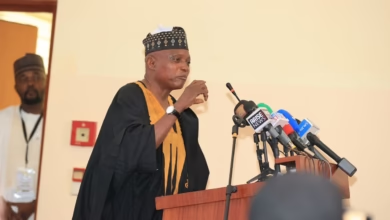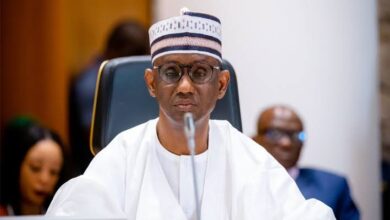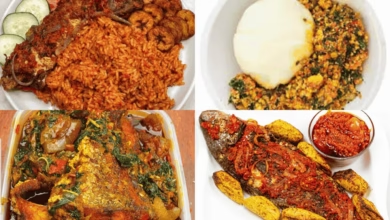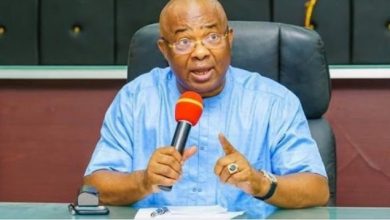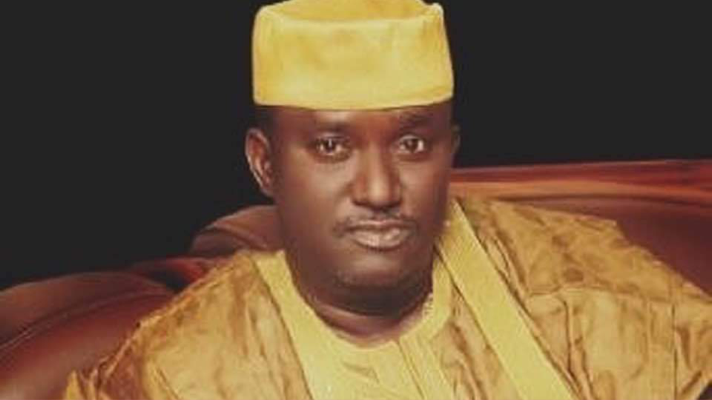
By Asiwaju Adekanmbi Olufemi
Archaeologists and anthropologists heavily rely on arts and artefacts to fill in the blanks in their study of man’s way of life. Arts express the strength of human imagination and provide the cultural trajectory of people’s culture and societies. Hence, arts is the window to our past and the time capsule for our future.
The global art market is valued at about $67 Billion with over 40 million artefacts sold and Nigerian arts made their own contribution to this exotic trade. It is natural for the lucrativeness of the business to attract illicit transactions and create a very busy black market; to this also, Nigeria has fallen victim.
For instance, in 2014, the Museum of Fine Arts returned 8 artefacts from the Royal Palace in Benin with one stolen as recently as the 1970s. In 2020, a terracotta sculpture of Ile-Ife origin believed to be about 600 years old, was returned from the Netherlands.
As more artefacts are making their way back home, they may have left the shores of the country belonging to a particular ethnic group or culture, but they return amidst national cheer and jubilation, as national treasures as symbols of Nigeria’s commonality of culture despite our diversities. This perfectly describes the unifying factor of arts.
In the words of Australian artist and illustrator Leni Kae, “art inspires us to visit the concept of unity and see ourselves as part of a bigger universe”. Arts encompasses our dance and musical performances, colourful fabrics and literature.
Meanwhile, all kinds of visual arts exist within a spectrum which ranges from purely aesthetic purposes at one end to purely utilitarian purposes at the other. Such a polarity of purpose is reflected in the frequently used terms, Artist and Artisan, the latter being understood as one who gives considerable attention to the utilitarian.
Moreover, the arts, also known as fine arts in its entirety utilizes modes of expression that uses skills or imagination in the creation of aesthetic objects, environments, or experiences which can be shared with others.
In music, our traditional rhythms and melodies birthed the likes of Palmwine Music, Akpala and Afrobeats which remain our foremost exports to the rest of the world. From, the Calabar’s Ekombi Dance, Yoruba’s Bata Dance, Igbo’s Nkwa umu-Agbogho Dance, to the Hausa-Fulani’s Koroso Dance or the Tiv’s Swange dance; our colourful and flamboyant dances are famous in Africa and beyond. They may be ascribed to their respective ethnic groups here in Nigeria but they are simply identified as Nigerian dance to the rest of the world.
Also in literature, the likes of Chinua Achebe, Wole Soyinka and more contemporary authors such as Chimamanda Adichie, have educated people of the cultural richness of Nigeria through their art. With our craft, we have painted a unified picture of our nation in the face of our apparent current disunity.
Little wonder that a Southeastern Cyprian Ekwensi was comfortable to promote a typical northern lifestyle through the vivid authoring of the bestselling ‘Passport of Mallam Ilia’.
It is safe to say that Nigeria has been contributing to universal unity through our arts since the 15th century. However, going by the spates of agitations and skirmishes in the country, we are in dire need of that same commodity we have so graciously been giving the world – the unifying factor of Nigeria’s arts.
Therefore there’s serious need to rejuvenate our Arts and improve on it just like other countries because it’s neglection will rather continue to birth so much disunity amongst us.
Asiwaju Adekanmbi Olufemi, a former Commissioner for Culture and Tourism, Ondo State.

